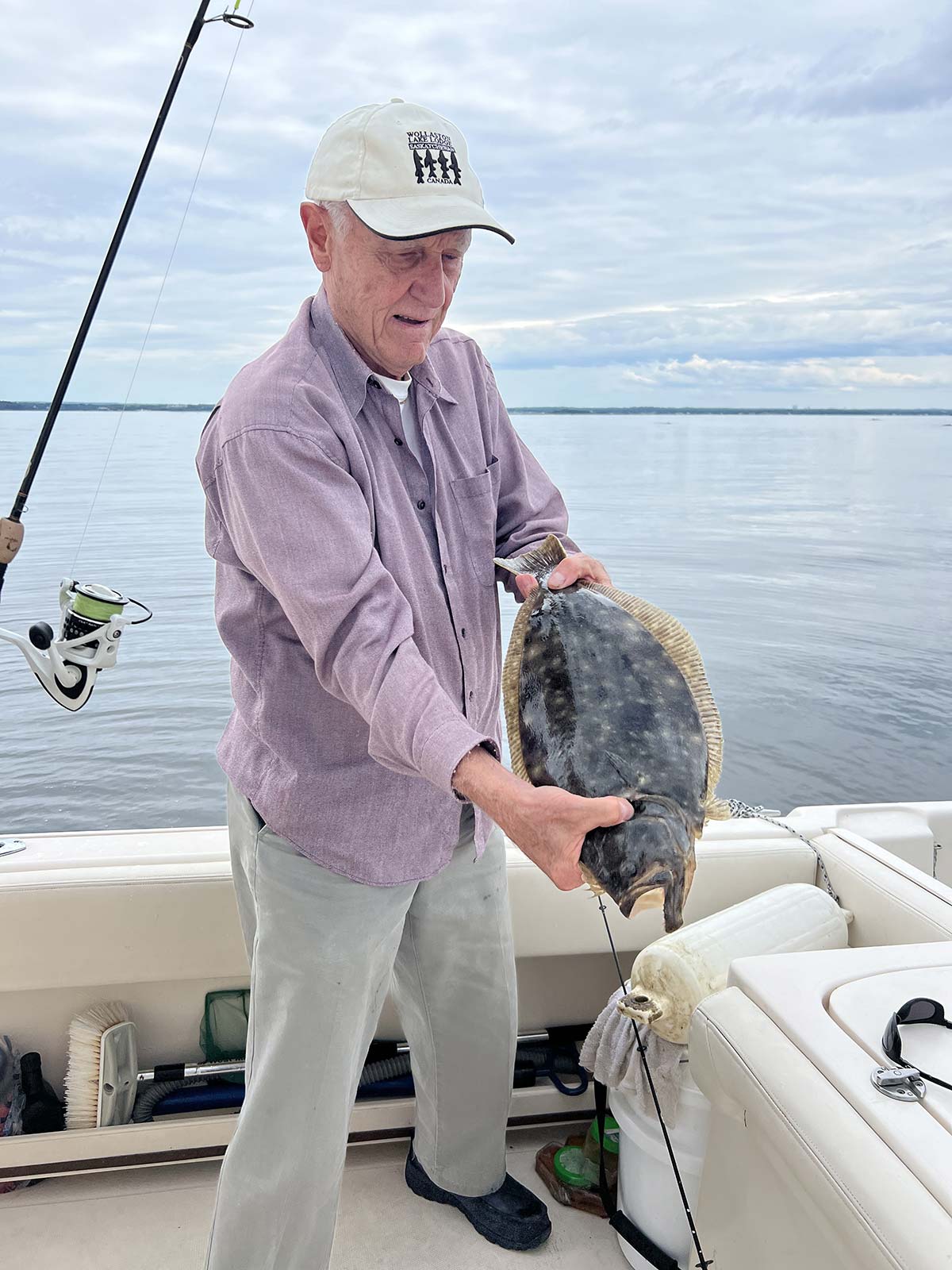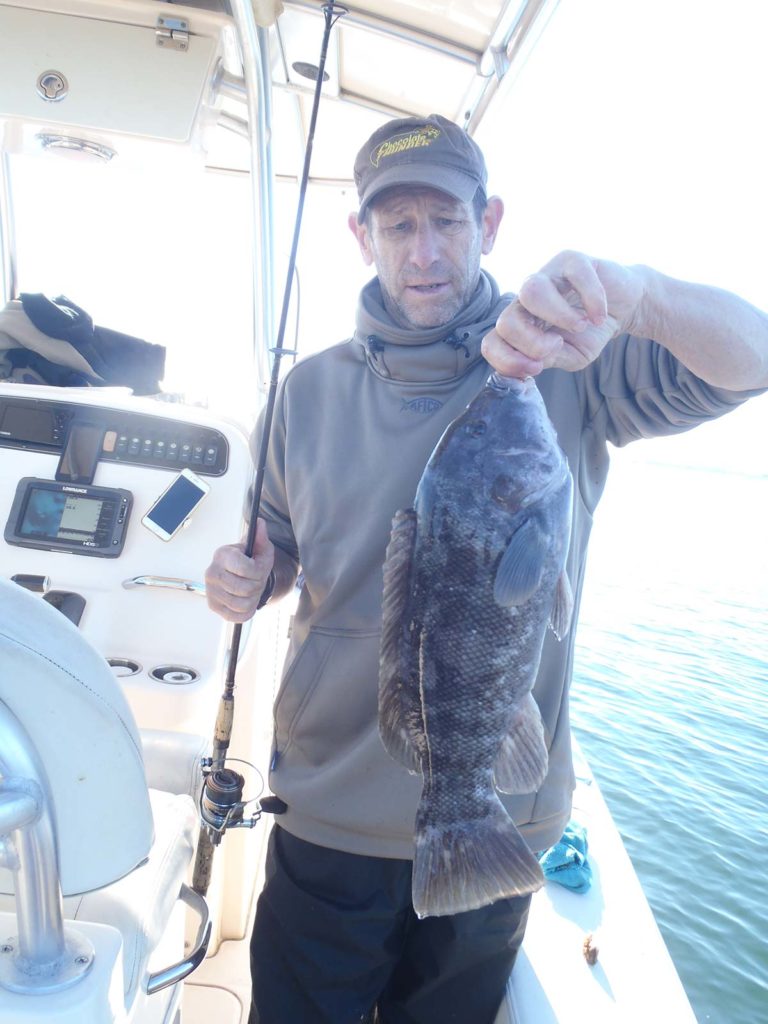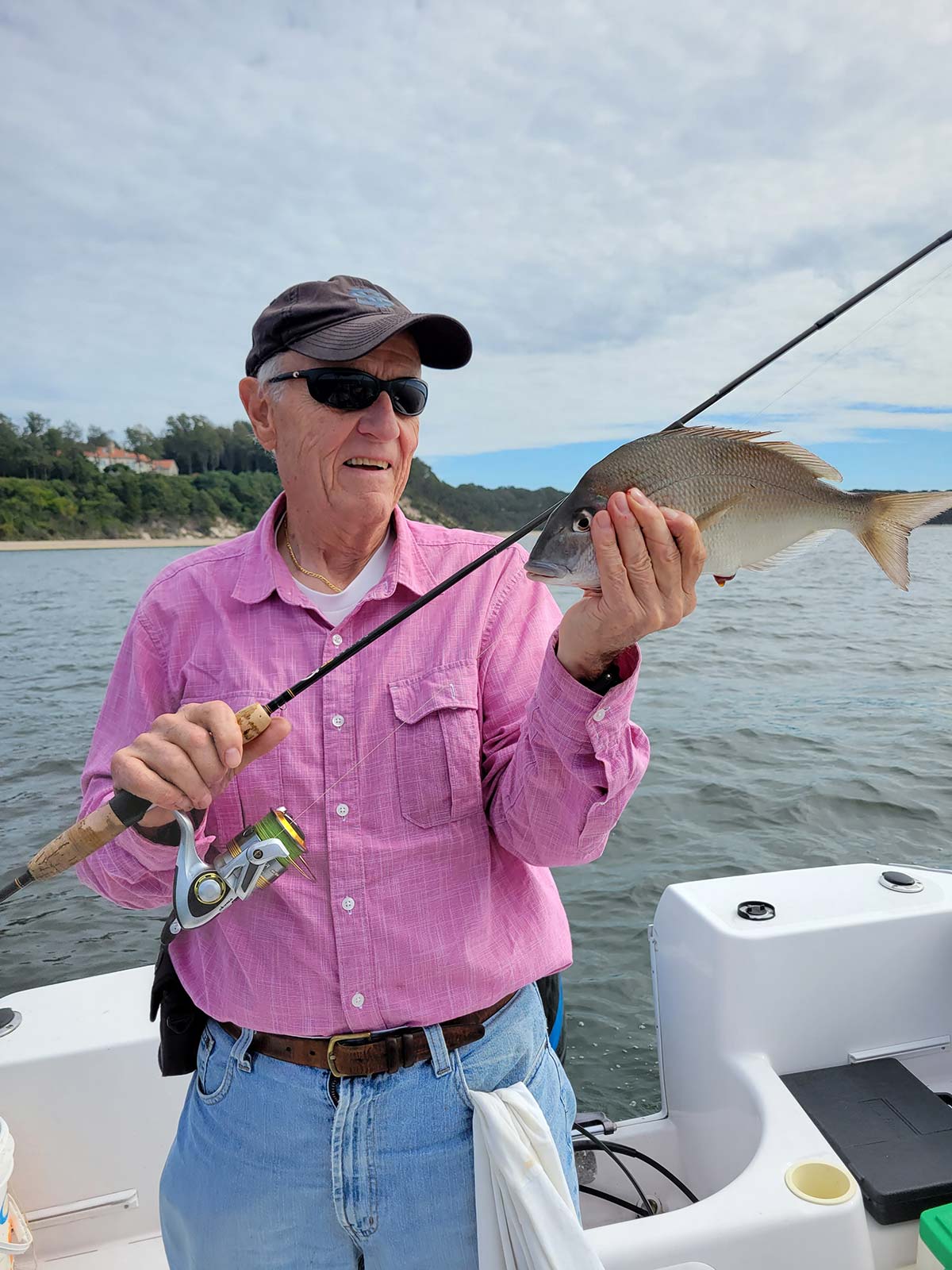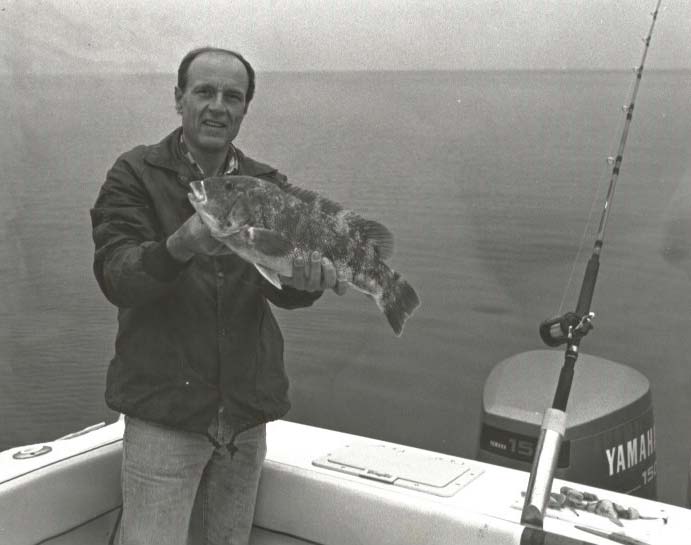
Three species technique transitions through the years.
Okay, I know most of you hate history, but what if by knowing some history about something you are passionate about, it might actually provide more enjoyment and success? Would you be interested then? In this case I’m referring to some specific history about fishing. I, like everybody else, have a history. Mine? I know that I wasn’t born with a spinning rod and reel in my hands; the reel filled with braided line, so I’ve sometimes wondered, how did I get here?
One advantage of living as long as I have is that I’ve fished through many stages, phases, and styles of fishing. Armed with a little knowledge of decades past, I’ve been encouraged to try my own ideas because I’ve seen how even radical notions sometimes turn out to be quite standard as time passes. So, I’ve come up with a few notions of my own and, happily, many of them improved my fishing dramatically. I believe that if I were not open to the evolution of fishing techniques through time, that my progress and enjoyment would have been stymied.

Techniques Change
No doubt, fishing has changed during the decades since the end of World War II. A few examples that are beyond the scope of this article includes, monofilament and braided lines, fiberglass and graphite rods, spinning reels, more durable and techno-manufactured reels, fiberglass boats, and superior four-cycles outboards. Although all of these changes have contributed to the evolution of fishing, it’s how we fish that I want to address here.
What I’d like to do is use a few examples to make my point. I’ll discuss blackfish, fluke, and porgies. So, even if you are new to fishing and don’t give a hoot about the history of fishing, you might still find this info amusing or perhaps a basis for developing a few radicle ideas of your own.
Blackfish Through The Ages
Perhaps one of the most outrageous bits of history I can offer involves fishing for blackfish. In the 1950s, I was handed a stiff boat rod with a conventional reel spooled with 35-pound test linen line. The terminal rig consisted of two Virginia style blackfish hooks attached to short pieces of chord that had been dipped in tar and attached to a sinker. The tarred chord was protection from rugged bottom and those human-like blackfish teeth. So, we were told. You may be shocked, but we caught blackfish with those rigs; probably because there were many more blackfish. The tarred chord leaders gave way to heavy monofilament leader material once mono became available, and even when fiberglass rods did appear on the market, the ones available for bottom fishing tended to be “meat sticks.” In addition, fiddler crabs were “the best blackfish bait.” Slowly that transitioned to green crabs, but who knows, the best bait one day might be Buffalo Chicken Wings.
Although we fished for blackfish in May and in the fall, we always used crabs, because no one knew the reason why blackfish were caught so shallow in the spring until scientists realized that blackfish move onto any kind of shell bed in May to spawn. The myth then evolved that you must use soft baits in May because blackfish have soft mouths and they wouldn’t eat tough-shelled crabs. Sand worms became the “standard” until a few anglers with inquisitive minds tried clams. Why not, they thought, we’re fishing on clam beds, why not use clams. I point out that it was about this time that sandworm prices increased sharply. Cause and effect? By the way, I’ve never caught a blackfish with a soft and painful mouth. Just ask one, it’ll tell you, “I’m tough all season!”
Gradually, the rods became lighter, the conventional reels were better, tough spinning gear emerged on the scene, monofilament lines became superior, and anglers began thinking about light tackle approaches to the sport. At one point, I decided I’d use my flounder tackle for black fishing. Did I catch fish? Yes, was that tackle all that light? Not really. Some concepts persist today, such as two hook rigs, but clearly, a door had opened for light tackle enthusiasts.
Potting
In the late part of the twentieth century, commercial potters discovered that some were willing to pay a lot of money for live blackfish. By the way, prior to potting, the domestic commercial harvest of blackfish was consistently small. Blackfish grow slowly and populations also rebound slowly. Therefore, commercial potting had a devastating effect on the population. It was almost a mirror image of what happened to grouper in the Gulf Coast States when they started potting. It took CCA, a lot of money, court cases, and legislative action to stop the potting. However, although many of us complained about the decline of blackfish, legislators and managers seemed paralyzed to make changes. Although potting continues today, managers have restricted the catch to a set number of fish per day instead of an unlimited harvest that caused the collapse. No surprise then that blackfish have slowly rebounded.
Today
Perhaps the collapse was an opportunity for fresh air to sweep away the old ideas. So it was that when the fish increased in numbers, anglers began to use light spinning tackle, braided line, and either a single baited hook, or a jig tipped with a piece of crab or clam. Of course, there are limitations. It would be foolish to fish this way in spots featuring an abundance of snags, as well as in deep water where light tackle is overwhelmed by depth and conflicting currents. It is also true that depth requires heavier sinkers to get to and stay on bottom. However, one of the joys of blackfishing is that they move shallow in spring and fall. We’ve fished successfully in water as shallow as seven feet, where light tackle is not only feasible, but a lot more fun. I enjoy the fight, the excitement, and the terrific sensitivity that light tackle and jig makes possible.

Innovations Around Fluke
At one time, regulations governing fluke harvests were minimal. Size and bag limits aren’t the only thing that has changed. In the old days we used heavy tackle; regardless of whether you fished in 10-feet of water or 100 feet, lures weren’t a consideration. There was “the” way to fish for fluke. The approach included conventional rod and reel, monofilament line, a single hook on a very long leader quite close to the sinker, and the hook was baited with a killifish, a strip of fish belly, or a combo of a squid strip with spearing or sand eel. Many anglers continue to use the “drag” technique with relatively heavy tackle but, as with all other angling forms, change happened, providing light tackle fans fluking options, aided and abetted by technology.
Bucktails
I suppose the first significant change occurred when fluke fans started using bucktails tipped with spearing or squid, and this change was feasible because of better spinning rods and reels. Although initially a shallow water technique, it wasn’t long before deeper water fluke enthusiasts adapted the style, when Spro came out with a bucktail style that was ideally suited to deeper fluke fishing.
I had always been put off by the poor fight of fluke on heavy tackle and realized that the sinker inhibited the fight by pulling the fish down. Using a bucktail meant a straight connection to the fish with fewer gut-hooked fish, and that was important to me, too.
And then there was Gulp from Berkley. Fluke fans who tried the artificial plastic with built-in scent became aware that fluke love the scent and it was more difficult for fluke to strip the stuff off the bucktail compared to natural bait. An abundance of sand eels in those years made the Gulp Sand Eel model very popular. But since then, anglers have proven that all models work, because it’s the scent more than the profile that grabs a fluke’s attention.
Ultralight Tackle
Shall we dare to try ultralight gear on fluke? Many a fluke angler had that thought as light tackle saltwater fishing grew in the twentieth century and then exploded in the new millennium. Fishermen all along the east coast began experimenting with light tackle on a great variety of species. Clearly, there were limitations. For example, I never use braided line when bait fishing; such as chunking and live-lining for stripers and blues. Also, strong currents and ultra-light tackle aren’t easily compatible. However, I must say I was impressed when the late Fred Golofaro and I fished together and I watch him use light gear in the deeper water rips under the Montauk lighthouse to catch porgies and seabass. I’ve figured out the deep-water part, but the strong current part still eludes me. Rich Lazar and I obviously aren’t the first to use the technique. In addition to Fred’s demonstration, there have been a number of articles written on the subject. Still, it was new to us. Rich suggested it, and I followed suit with some doubts. My doubts have been washed away in a river of fluke. I’m hooked!
Our Way
We both use the same rods and reels we use for freshwater panfish. I refer to them as light crappie-style rods. The reels are filled with 10-pound test braided line. The leader is a foot-long length of 15 or 20-pound test mono, with a 35-pound test Spro mini swivel connected to the braid and, although I prefer to tie direct to the lure, Rich uses a small snap to facilitate changing lures quickly.
The lures are 1/8 and 1/4-ounce; the same ones I use to catch bluegills, perch, and crappie in freshwater, although I do avoid using heads with wire hooks, preferring forged hooks. I like Eagle Claw and Gotcha brands. I tend to use 1/4 ounce when the drift is a little stronger and 1/8 ounce when the water moves slowly. Lately we’ve been using either Gulp shrimp or 3-inch swimming mullet styles.
There are clear advantages to this style. First, the feel is so sensitive, and I’m convinced I now feel hits that I missed using heavier gear. Second, I believe the presentation to the fluke is more natural. The angler can let the head sit by giving line, bounce it along, or jig it occasionally. I believe it looks more like a natural bait skittering around. Third, even a 16-inch fluke can bend the rod over, take a little drag, and surge in all directions, while a 23-inch fluke can fight with significant enthusiasm.

Porgy, Like Fluke
You can start by rereading the previous section, Our Way. Why? Because the evolution of fluke and porgy ultra-light tackle fishing are essentially the same when it comes to tackle, minus the bucktail paragraph. If you read it, you save me from being redundant!
Although we do drift occasionally, anchoring and chumming is better. Generally, we fish this way in shallow water, but recently we plied water as deep as 30 feet and caught porgy, fluke, and sea bass. A hot bite becomes very exciting on ultra-light gear. Light currents in deep water don’t seem to affect this technique either, and we’re able to minimize line scope.
Clam
One difference between ultra-light fluking and porgy fishing is we use clam and not Gulp. Without a sinker to hold them back, porgies put up quite a stink. The lack of a sinker allows them to run freely up, down, and sideways, while the light tackle permits the bigger ones to strip drag. Finally, the last amazing difference is that frequently, when they get to the surface, they jump. Tarpon-porgy, Wow!
The evolution of fishing is a two-pronged process as technology and angler curiosity merge. You may not agree, but I believe most of these changes in angling techniques has provided us with more exciting and varied angling experiences. If you haven’t yet tried it, I say why not?


